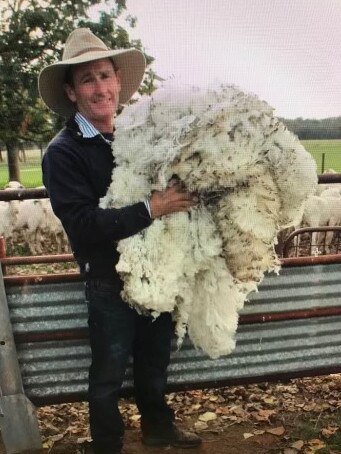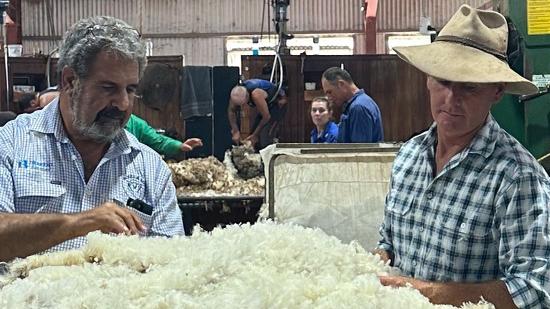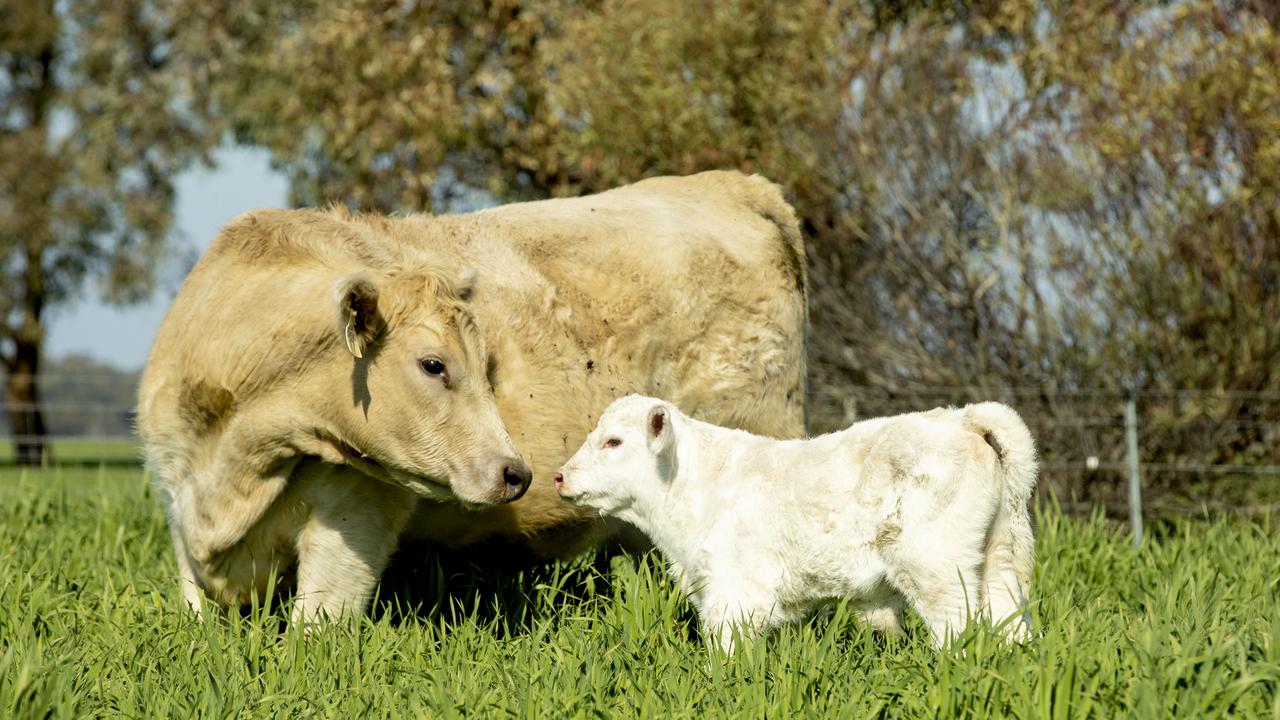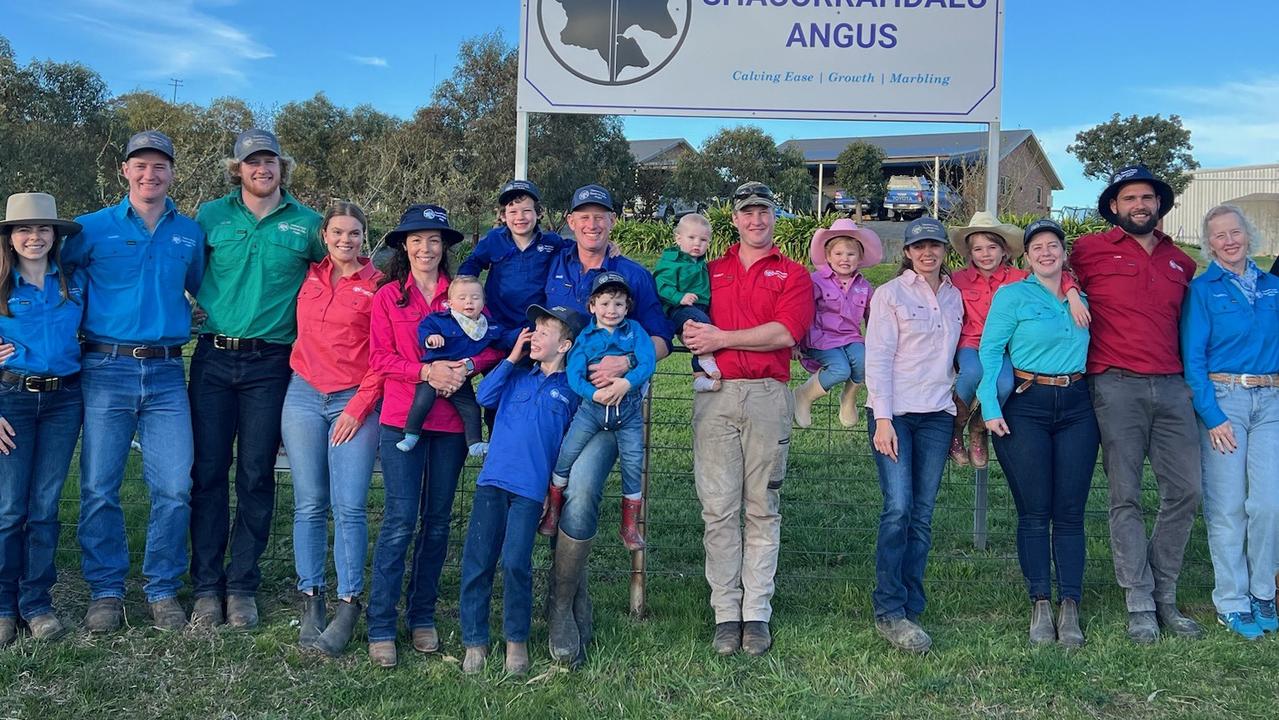Winning formula pays dividends for NSW wool grower
Learn the secrets to success for one wool grower whose wethers continue to blitz the field in different regions across the nation.

A major wether trial has shown more than $100 per sheep difference in the top and bottom performers in a lifetime profit calculation.
The Australian Merino Production Trial showed a wide variation in results.
However, a combination of fine micron, big wool weights and large body size proved the winning formula.
Wethers from Pat and Marion Drew’s flock of Pastora-blood sheep from Bethungra, NSW, won both legs of the trial, one of which was held at Condobolin, NSW and the other near Wagga Wagga, NSW, and the overall title.

The placings were worked out by mimicking a livestock production system by tallying the returns from four shearings and the meat value of the sheep.
When run at Condobolin, the Drews’ sheep cut 7.9kg of 17.6 micron wool and had a shorn body weight of 73.6kg. They earned $563.71 per sheep from the wool cut over four shearings and the mutton value.
This compared to the average of all teams at Condobolin of $509.80, with the lowest earning sheep returning $447.35.
At the Wagga Wagga trial site, the Drews’ sheep cut 6kg of 16.9 micron wool, had a shorn body weight of 60.1kg and a combined wool/mutton value of $468.58.
The average return at this site was $436.91, but some sheep returned as little as $398.29 over their lifetime.
Mr Drew said seeing sheep from his Merino flock performing in different environments was rewarding.
“I was really pleased the micron did not blow out at Condobolin, NSW, where the sheep had a really good season,” Mr Drew said.
“We have had a focus on decreasing micron and increasing fleece weight and they have been the main focus in our selection criteria.
“But the sheep also have to have a good conformation and good doing ability.”
Mr Drew paid tribute to his mentor, the late Peter Westblade, and said, “he pretty much taught me anything I know about sheep”.
“Without his knowledge, enthusiasm and willingness to teach and help others, and especially young people, there would be no way or sheep would be performing the way they are,” he said.

Mr Drew said wether trials were worthwhile for entering, allowing flocks to benchmark their performance.
“This trial has shown that if you are going to have a boarder micron, you need to be cutting significantly more wool, and if you have finer microns and cut a lot of wool, then you are going to do better,” he said.
“There is a 40 per cent difference (in returns) between the top and the bottom teams in this trial, and you would have to think the people that enter these trials would be ahead of many others.
“It shows the capacity of wool growers more broadly to make changes to make more profit out of their operations.”
Two studs – Woodpark Poll from Hay, NSW, and Hazeldean at Cooma, NSW – had two teams in the top 10 combined results from both sites.




